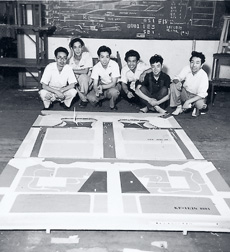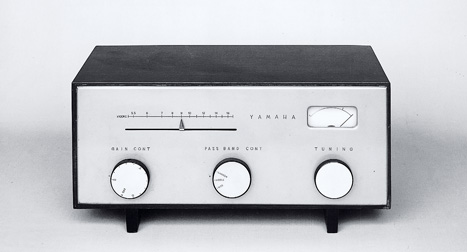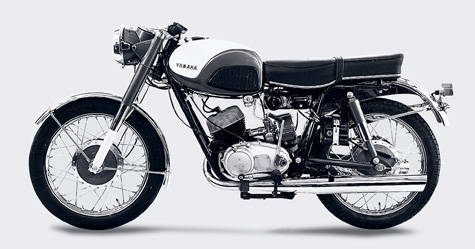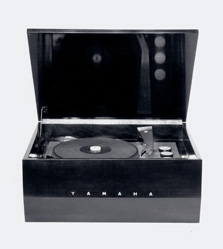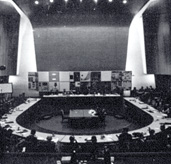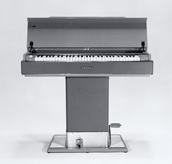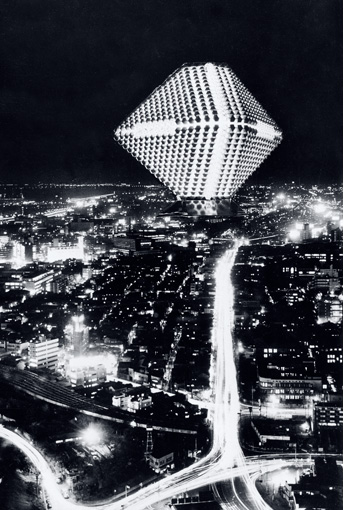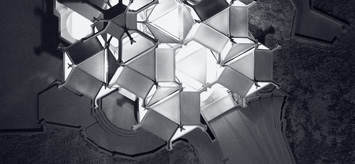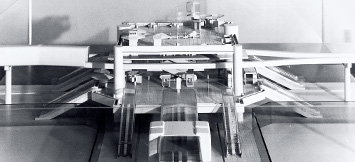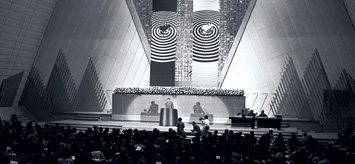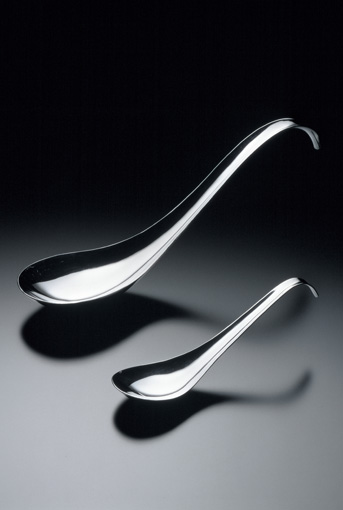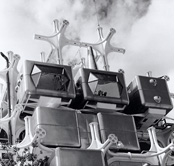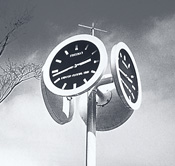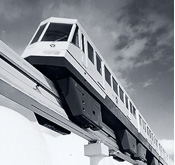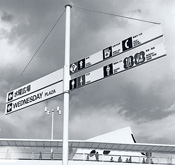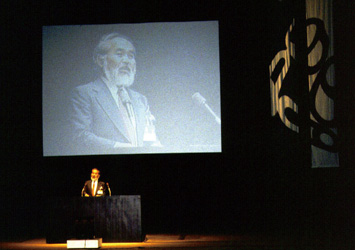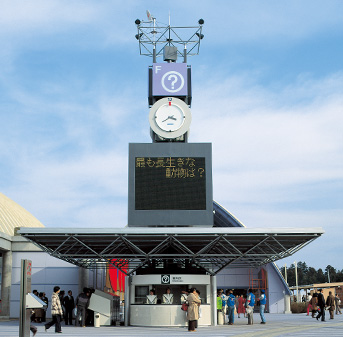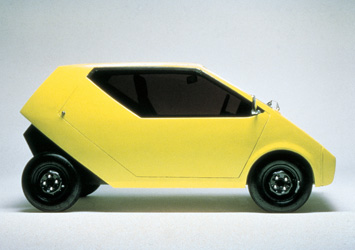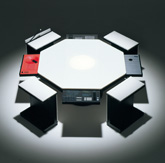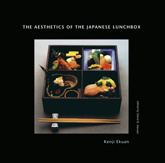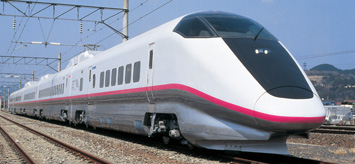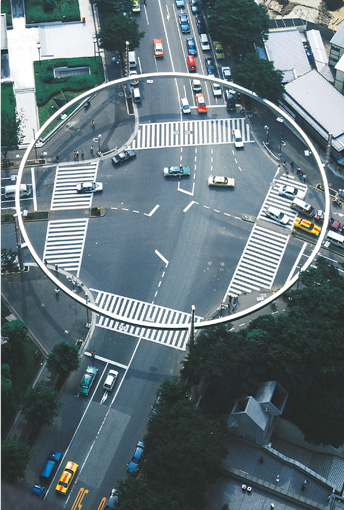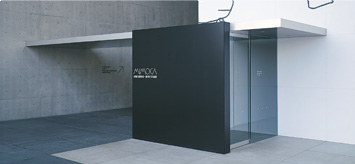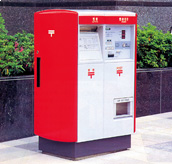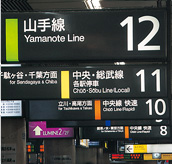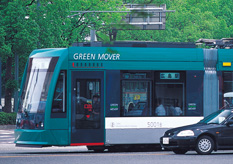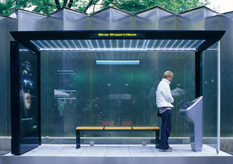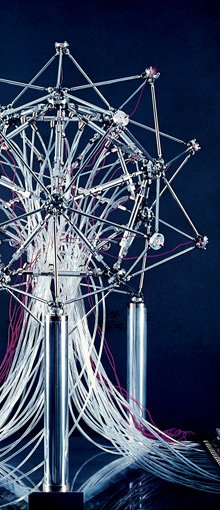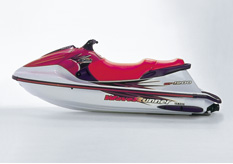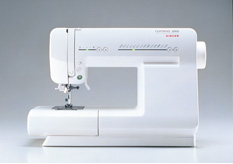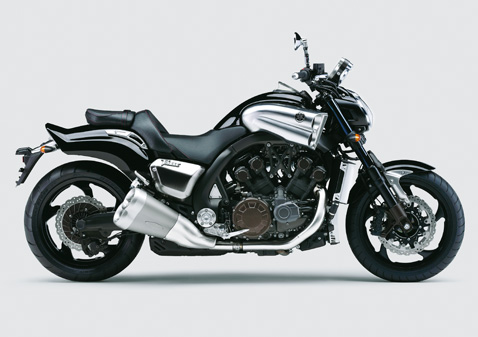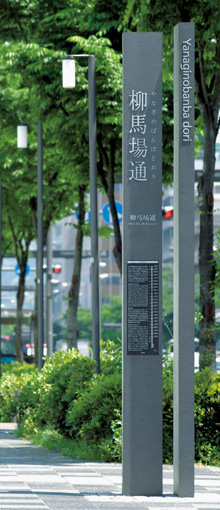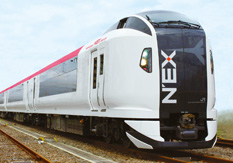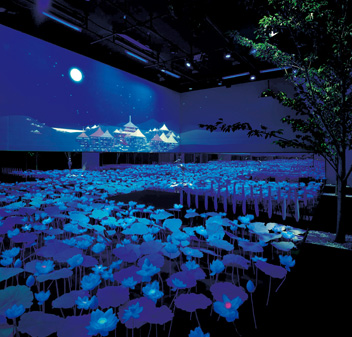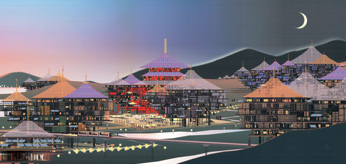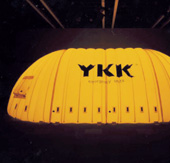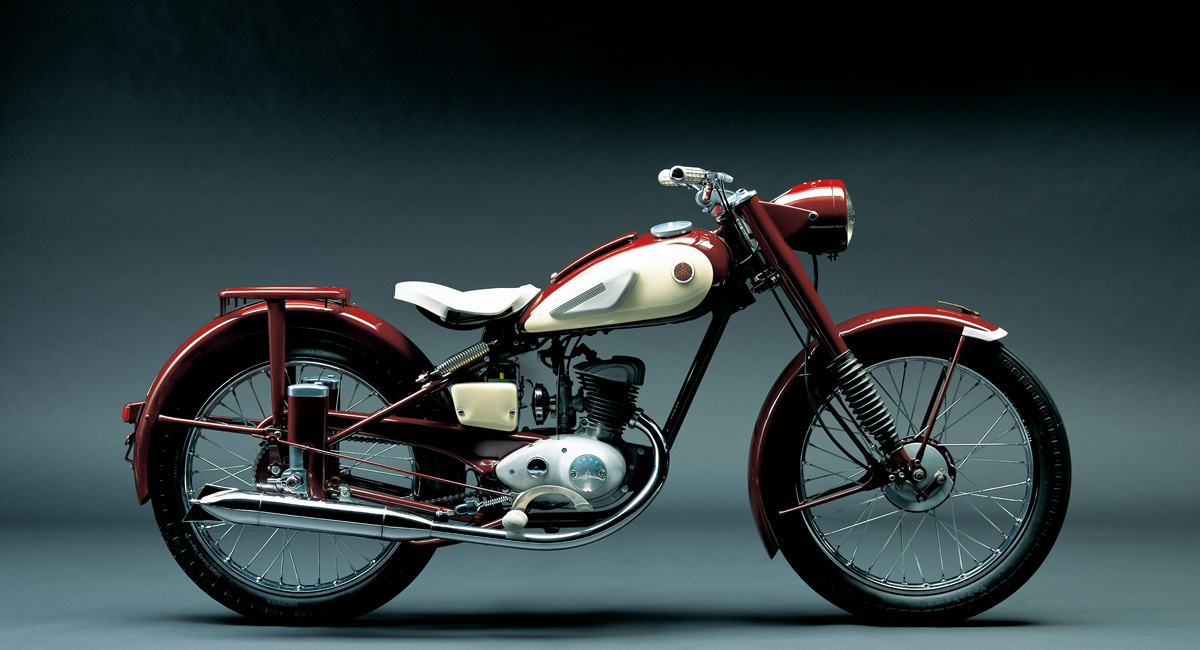
History
GK Group, established in 1952, began operation centered with Industrial Design, and the group has been structuring its comprehensive work system since then. Respective companies of GK Group practiced consortium operation were responding to the necessity up to the project nature as based on the specialty of their fields. Today’s design problems with multiple aspects need synthetic and consistent approach ranging from soft to hard to solve them.
The Group created the system to answer the complex requests of present societies. GK also has its foothold and cooperative firms abroad responding to an international project.
Today, design’s role is not only materializing the function. We have been asked if we could create “new values” that could open new future. In the midst of diverse and complicated design activities these days, it is our mission to create “new values”.
In the change of times we will continue our activities further as a value-creating Industry to bear new values; in the aspects of Social Values, Cultural Values, Economic Values.
“YAMAHA YA-1” photo by Terutaka Hoashi
-
1950’s
In the war devastation of the early 50s, the light of sunset shining scorched cities reminded the young designers hopeful what they had to get back. They spurted strong will and passion questing rebirth and reconstruction of the ruined nation. Their heated discussion about design had no end, and often they realized the night was over.
In 1952, a group of students from Tokyo University of the Arts called for the movement of Industrial Design against the traditional craft. They gathered around then the professor of the university Mr. Iwataro Koike, who deeply understood their call, started their activities as named themselves Group Koike (GK). The group began practicing design by advocating the cause of “democratization of things,” “democratization of beauty.” To open the mind widely, to get much knowledge, to think deeply. In the creative group, the members eagerly exchanged their intense passion for design.
GK’s source of organized activities, incorporated in 1957, was in the sharing of the passion. The Group had challenged and won many design competitions. The teamwork gradually nurtured and accumulated since then brought the firmer unity of the members. -
1960’s
In the 60s, Japan had tremendously grown as shown in symbolic events such as inaugural color TV broadcast, Tokyo Olympic Games and the opening of Shinkansen. The importance of the role of design had increased under the intensive national policy of design promotion for double-income and vigorous exportation. So that the design fields, cooperating with industrial production, then kept running so hard.
“Metabolism Movement” rose in the field together with holding “World Design Conference” in 1960. Now Japan should be worldly opened. The design field in Japan had to express its principle and opinion proudly.
GK joined those design movement by carrying various propositions, with “The Discourse of Dougu” that centers in GK’s thoughts. Taking this opportunity, the practical research of “The Discourse of Dougu” had started by proposing “Metabolic Furniture,” “Nucleus Dwelling,” “Equipped Plaza,” “Dwelling City.”
While governmental organizations devoted their resources to regional development, private businesses had competed for each other for the development of a new product. GK had responded to the situation by widening its activities then. While watching the human’s first landing on the moon by Apolo in 1969, the world was stepping into the 70s. -
1970’s
In 1970, Japan World Exposition, Osaka, cheerfully raised the curtain. It seemed like Japan as a whole regain a big smile first time a quarter century after the war. The experience and confidence through Tokyo Olympic Games availed Sapporo Winter Olympics, and the events again excited Japan.
In 1973, the Ministry of International Trade and Industry promoted the development of “Design Year” first time in Japan. Parallelly, Japan’s design fields held “The International Council of Societies of Industrial Design Congress” the first time in Asia. The theme of the event was “The Soul and Material Things.” Under the executive chair of Kenji Ekuan, GK deeply involved in its plan and operation and came to widen its international network.
However, seemingly endless development activities and consuming behavior had surfaced the problem of drying natural resources and environmental destruction as if provoked the nerves of the earth. Moreover, the world came to experience the sudden Oil Shock and Dollar Shock one after another.
The era of rapid and high economic upswing had drawn the curtain, and the world came into the entrance of the era of slow growth. Then GK had faced the period of endurance groping a new theme in the sluggish societies. -
1980’s
1980 was also the era of the transition from industrial nations to maturing information societies. Even in the period, the social ethos was at the height of regionalism away from the concentration to single spot like Tokyo. So the government started carrying out privatization of bureaucratic organizations by splitting those operations into the private sectors.
So called the information era increased its speed as symbolized in OA (office automation) boom and the transition of CATV (community antenna television) business, and The International Exposition, Tsukuba, Japan 1985 highlighted the event. GK held the exhibition “GK Exhibition 1980’” with the slogan “Toward Creative Industry” looking forward to being a creative industry. The purpose of the exhibition was to search the direction toward the new era for GK. The “Twelve Concept” of the exhibition expressing GK’s respective professionality still has been new over time, and it makes the group’s spiritual axis.
In 1989~90, many regions held the commemorative events of a hundredth anniversary of the municipality. In Nagoya, the design field had discussed the role of design in information era by holding “NAGOYA Design Expo” and “ICSID’89 NAGOYA” However, few people had noticed the footsteps of “rupturing bubble economy” was nearing. -
1990’s
In the 90s, the prosperous bubble economy, at last, had tumbled down from the zenith. It was indeed “the Lost Ten Years of the end of the Century.” It was the era of financial unrest, prolonged depression, and confusion of industrial societies. More, Tokyo Subway Sarin Attack, Hanshin Awaji Great Earthquake, many incidences happened one after another.
While the disposal work of the bad debts had been stagnant, restructuring of businesses and their workforces had proceeded. Rising jobless rate and sluggish consumption spurred more over them. In the midst of the active call of restructuring in many fields and spectrums, the design fields could not be spared from the storm as a matter of normal consequence. GK at the time already started to move. The group stood up for self-restructuring in the time of drastic social and economic change. Not steady progress but in the rapid advance of technologies, GK kept questing the creation of an “elaborate quality and forms” of the products produced by the industries.
The active introduction of design to privatized Japan Railway Company (JR) intending the improvement of passenger service. The planning of a safer urban environment. They were promoting a communal use of products through Universal Design. GK had been going forward with the belief of the mission of design to be passed to a new era. The mission had to endure the acute pressure of the furious social background of the century.
Parallelly to these activities in 1995, GK registered “Japan Institute of Design” by taking the momentum of the complicated situation of “Design in Japan.” The case has a long history of the field brought up since the era of war-devastation. The institute was to consolidate every design field subdivided into their specialty over the period of social development. Also, it was to aim at practicing multiple activities that a single design field hard to execute. The events had developed into the establishing “Design for the World”.
In 1997, GK held the exhibition of GK Group with the theme “Aesthetics of Dougu”. By showing its footprints over past a half-century, widely proposing the thoughts for a new century to the world. More, the group had established “Forum Douguology” for the academic development of its fundamental research of “The Discourse of Dougu” Here GK came up to pass the gate of the twenty-first century. -
2000’s –
In 2001, the world ethos largely changed since September Eleven. Being shocked like almost hells overtook another hells. The first tragedy of this century overwhelmed people. GK proceeded the step by wrapping its strong anger with the deep feeling of condolence.
GK had quested the world that the design from now on should bear, while again re-questing the way producing things up to the twentieth century. With worldwide speed and scale the Information Technologies (IT) are swiftly taking a superior position in societies. The global economy has been multiplying its strata, and the network societies have been dominating peoples’ life in every corner. By attaching the intensive science aspects, GK has come to challenge product development, environmental development and urban development all consist of first IT structures.
GK could generate good empathy from the visitors of the exhibition at “Miraikan” (The National Museum of Engineering Science and Innovation) in 2002. The reason for the empathy might be in the exhibition trying to show the figurative expression of the better life in future with the Dougu Culture in the digital age. Because what is the joy obtaining with Dougu, what is the deep emotion and fruitful life through Dougu were delineated. The suggestion about transferring to the new culture and civilization of things expressed in “Master Plan for Dougu Temple and Dougu Village.” The utopian image of the design shown in “Lotus Flowers in a Pond.” All symbolized the new world that the design should open.
Also, on March 11, 2011, The Great East Japan Earthquake tragically broke people’s concept of value long nurtured. Over the disappointment and regret induced by the disaster, GK newly learned many things. “Realizing the thoughts on nature,” “Restructuring our view of life,” “Renewal of the thoughts on science and technologies,” “Re-think of our lifestyle” and so on. We now should accomplish the regeneration of Dougu Culture as taking the disaster as a good lesson. When we try to make Dougu Culture, and its chain reaction may create a new community. Dougu Culture would be the very way the “new global environment” might appear through the intention of design and production of things.
We have to raise a significant current of design on our Mother Earth once looked blue. We want to make one step forward intending to build positive future through design.

